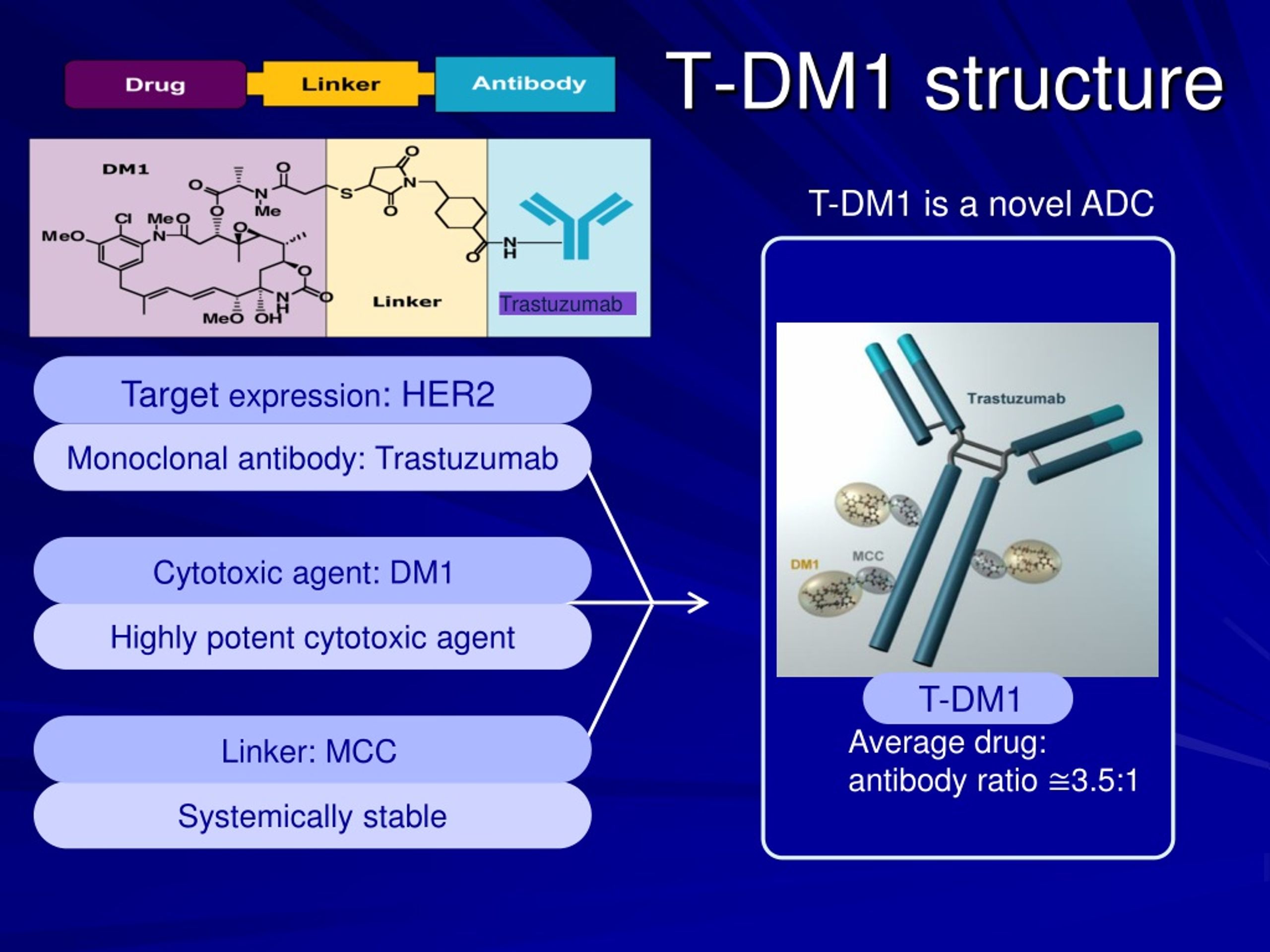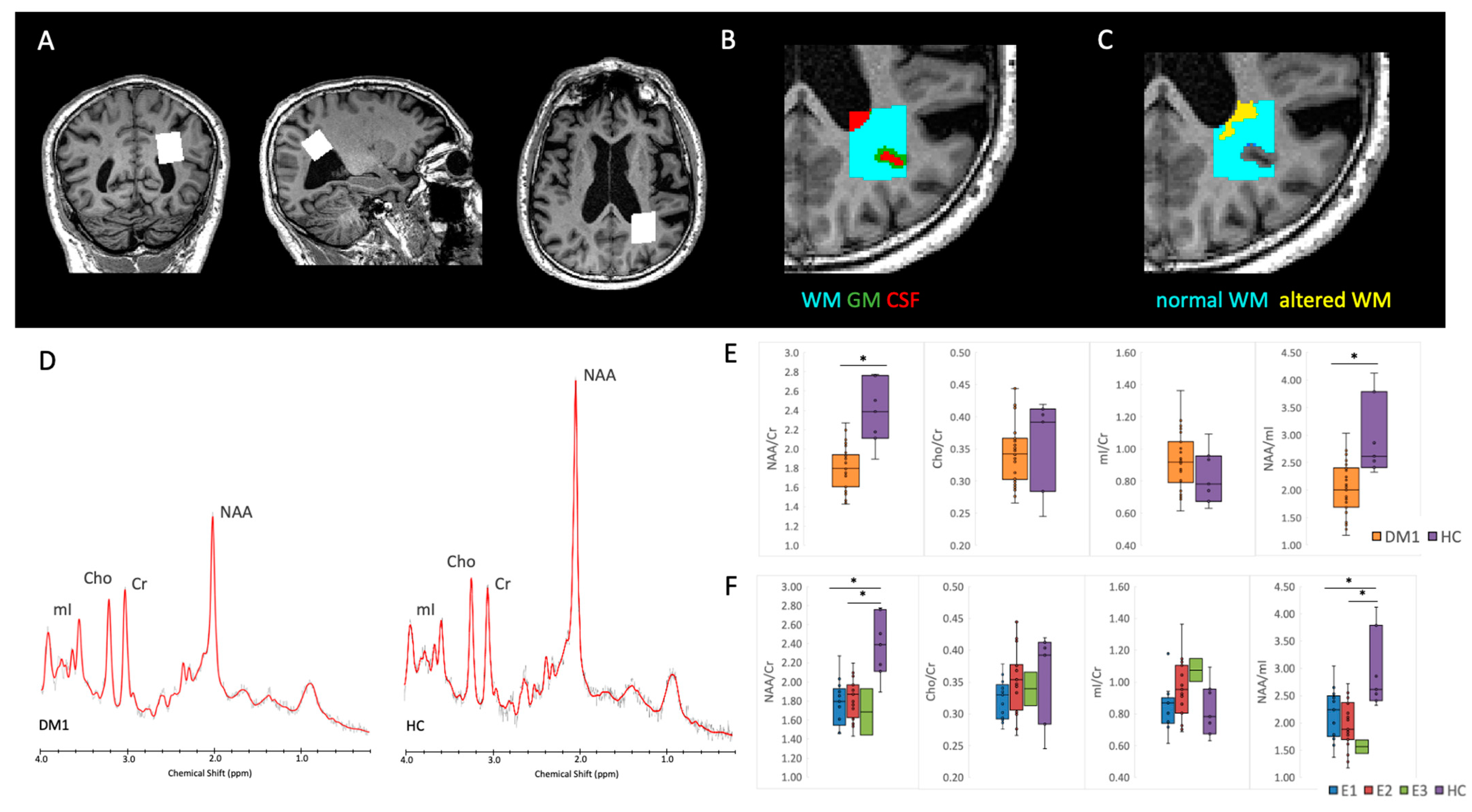

The 11 individuals from seven families, both son and their mother, were clinically suspected for DM1 and confirmed by optimization Meanwhile, 17 of their family members were confirmedįor the CTG-repeat expansions by the optimization PCR amplification and 11 of the 17 individuals had permutated or pathogenicĬTG-repeat allele ( Figure 1). Of CTG-repeat were detected about from 53–683 and the average number was 535. 22 of the 25 patients for CTG-repeat expansions were detected as bands from 750bp to 2500bp the numbers All DM1 patients had one expanded CTG-repeat allele while the other normal CTG-repeat allele The unexpanded alleles were detected as bands of 450bp (CTG-repeat were about 20) in normal individuals and in allĮxcept one of the DM1 patients. The optimization PCR amplification products derivedįrom all patients represented the longest CTG-repeat expansions and 26 normal individuals were represented as the negativeĬontrol. The method consisted of two steps: Firstly, optimization PCR was used.

Were assessed in 25 patients who diagnosed with DMs ( Table 1). To obtain an overview of the clinical, electrophysiological, and muscle pathological features, CTG/CCTG-repeat molecular characteristics In order to provide a sensitive and effective molecular method, we analyzed the repeatĮxpansions in 25 DMs patients and 17 family members by using the optimization PCR. Nevertheless, several disadvantages exist such as length of time, false positives, and contaminants Reaction conditions had been adjusted, included: small Pool (SP) PCR, Trip-repeat primed (TP) PCR, long range PCR, and quantitativeįluorescent (QF) PCR. Based on the convention PCR, several sensitive PCR methods in which Length and secondary structures formed by GC-rich domains. On theīasis of the number of CTG-repeat, a genetic test has provided an accurate diagnosis for DM1: normal (100) due to the limitation of the great This underscores the need for these patients to undergo genetic detection.Ĭurrently, a genetic test generally provides an accurate diagnosis and can be used for distinguishing DM1 from DM2. Of DMs are often misdiagnosed with non-dystrophic myotonias (NDMs), limb-gridle musclar dystrophies (LGMD), and other myopathies. The prevalence for DM2 seems to be much lower than for DM1 and appears to be population dependent. Of CCTG-repeat within the first intron of ZNF9 in chromosomes 3q21.3. Based on clinical ascertainment, two genetically distinctĮntities have been identified: myotonic dystrophy types 1 (DM1 OMIM#160900) is caused by expansion of CTG-repeat within theģ′-untraslated region of DMPK in chromosomes 19q13.3 myotonic dystrophy types 2 (DM2 OMIM# 602668) is caused by expansion The main clinical characteristics of DMs are progressive muscle weakness and wasting with myotonia, in combination withĮye, cardiac, central nervous system, and multisystem involvement. In DMPK/ZNF9 that induced “trans-dominant toxic gain of function” to reduce the conductance of the chloride channel. Myotonic dystrophies (DMs) are a group of neuromuscular disorders which are mediated through abnormal nucleotide repeats amplification Previous Section Next Section Introduction


 0 kommentar(er)
0 kommentar(er)
